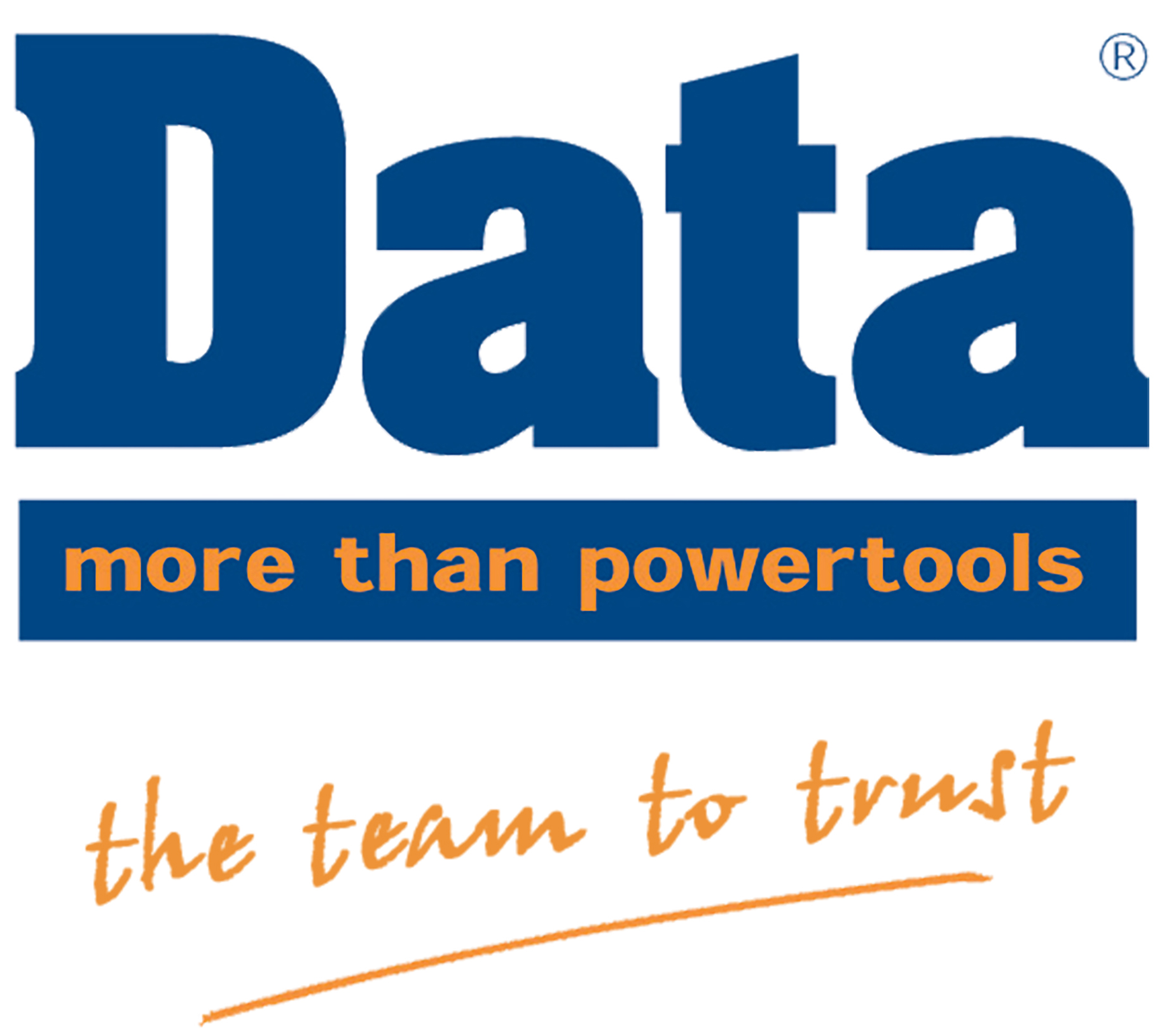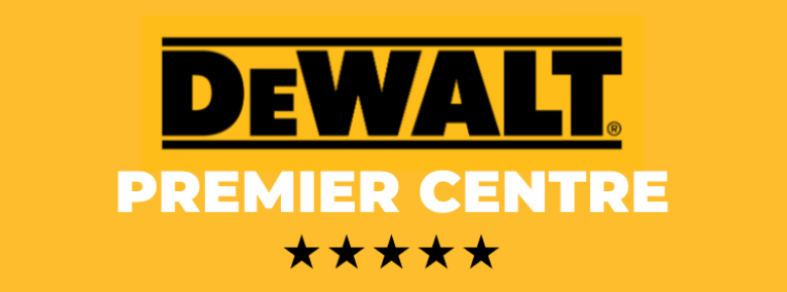Thermal imaging used to be something reserved for specialist contractors or engineers. Today, it is rapidly becoming an everyday tool for electricians, plumbers, and energy assessors. Being able to identify faults behind walls, detect leaks under floors, or assess insulation performance visually, without guesswork, changes the pace and confidence of a job. Bosch has made thermal imaging accessible by developing tools that are compact, cordless, and intuitive to use. For tradespeople already using Bosch platforms, it is now possible to add diagnostic tools to your kit without learning new systems or investing in unfamiliar gear.
These thermal cameras are part of a broader range of Bosch Intelligent Measuring Tools, designed to give professionals fast, reliable data across a wide range of applications. They’re not just useful. They’re reshaping how faults are found, quoted, and resolved.
Thermal Imaging in the Real World of Trade Work
Thermal cameras are helping sparkies find hot terminals in consumer units without removing covers. They help plumbers trace underfloor leaks without lifting tiles or timber. Energy assessors use them to identify heat loss at windows, gaps in loft insulation, or cold bridging around structural elements. The value is not in the technology itself. It is in what the tool reveals without cutting, removing, or testing by trial and error.
A tradesperson using a thermal imager can walk into a room and scan walls, ceilings, and pipework in seconds. What once took half a day now takes minutes. And when you can show a client a visual readout of a fault or leak, the trust and clarity that provides often means quicker approvals and fewer disputes.
Bosch Thermal Imaging Cameras Built for the Job
Bosch has designed thermal cameras to suit trade needs, not just scientific measurement. They are compact, battery-powered, and built for one-handed use in cramped or awkward spaces. Models are available for quick daily checks or more detailed imaging during inspections or audits.
There are two key types of Bosch thermal camera currently in use. One is a compact model designed for quick fault-finding in electrical and plumbing work. The other is a larger format camera better suited to energy auditors or builders checking larger surface areas or detailed installations.
Both are powered by either Bosch’s 12V or 18V battery platforms. This makes them easy to add to an existing Bosch tool kit. No separate battery system is needed, and batteries can be rotated with other cordless tools on site. The controls are intuitive, with simple buttons and fast image capture, which suits the stop-start nature of trade inspections.
Features That Support Smarter Fault Detection
Thermal imaging tools are only useful if they deliver sharp, readable images with minimal setup. Bosch has focused on trade-relevant features that support fast, reliable readings and practical inspections.
Key benefits include:
- Thermal and visual image overlay for easier fault identification
- Laser targeting for accurate image alignment
- Image storage and USB export for reporting and quote documentation
- High-resolution thermal sensor for sharp image clarity
- Compatibility with Bosch 12V or 18V batteries for platform consistency
Together, these features make the camera quick to deploy, reliable in use, and easy to integrate into daily jobsite tasks.
Saving Time, Reducing Rework, Improving Reports
With a thermal camera, you can spot a hidden leak behind a plasterboard wall without removing a single screw. You can identify a broken heating element under tiles or trace where insulation has settled unevenly in a roof void. These insights make quoting faster, give the client proof of faults, and help avoid cutting into the wrong part of a wall or floor.
Image files can be exported via USB and attached to job reports or maintenance logs. In larger jobs, especially where more than one trade is involved, this provides clarity and handover documentation. On smaller jobs, it can be the difference between a client trusting your call or asking for a second opinion.
Expanding Services Without Replacing Tools
For tradespeople looking to grow their offer, thermal imaging opens the door to new services. Energy auditing, damp diagnostics, and non-invasive inspection become more accessible when the tool is part of your existing platform. You can build a thermal survey into your quoting process or offer before-and-after images as part of your work package.
These tools also complement other diagnostics. Moisture meters, voltage testers, and inspection cameras still play a role. Thermal imaging adds another layer that enhances the speed, safety, and professionalism of your work.
For electricians, plumbers, or builders already running Bosch gear, this is not a whole new direction. It is a practical, profitable extension of the kit you already trust.
FAQs
Q1: What trades benefit most from thermal imaging tools?
A1: Electricians, plumbers, energy auditors, retrofit assessors, and builders all benefit from thermal imaging. It helps with fault finding, leak detection, insulation assessment, and structural diagnostics.
Q2: Are Bosch thermal cameras easy to use for first-time users?
A2: Yes. The interface is straightforward, with simple controls, visual overlays, and real-time thermal feedback. Most tradespeople can begin using it effectively without specialist training.
Q3: Do these tools require a separate battery system?
A3: No. Bosch thermal imaging tools run on the same 12V or 18V battery platforms already used in their other cordless tools, keeping everything simple and compatible.
Q4: How accurate are Bosch thermal cameras for finding leaks or faults?
A4: Bosch thermal cameras use high-resolution sensors and are precise enough to locate temperature anomalies, water ingress, or electrical hotspots with confidence, even in difficult conditions.
Q5: Can thermal images be stored and shared for reports?
A5: Yes. Most models allow image storage and export via USB or app integration. These can be attached to client quotes, insurance claims, or job reports as needed.





